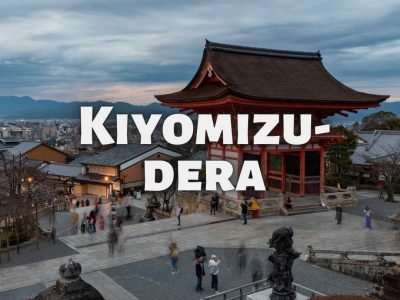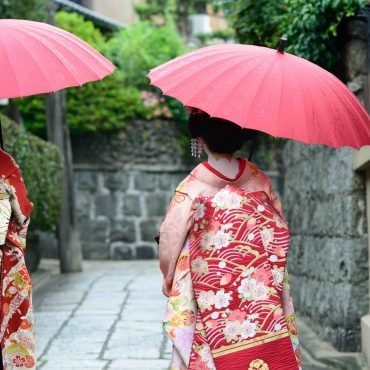Kyoto, located in the Kansai region of Japan, is a city that beautifully blends traditional and modern culture. It is home to over 2,000 temples and shrines, making it a popular tourist destination for those interested in history and religion. Kyoto is also known for its beautiful gardens, delicious cuisine, and traditional arts and crafts. With so much to see and do, it’s no wonder why Kyoto tour packages are in high demand.
One of the main attractions of Kyoto is the Fushimi Inari Shrine, which is famous for its thousands of torii gates. Visitors can walk through the gates and hike up the mountain to enjoy a panoramic view of the city. Another must-visit destination in Kyoto is the Kinkaku-ji Temple, also known as the Golden Pavilion. This temple is famous for its stunning architecture and beautiful garden, which reflects off the golden walls of the temple.
In addition to the temples and shrines, Kyoto is also known for its traditional arts and crafts. Visitors can learn how to make pottery, take a calligraphy class, or watch a traditional tea ceremony. Kyoto is also famous for its cuisine, which includes delicacies such as kaiseki ryori (multi-course meal), tofu dishes, and wagashi (traditional Japanese sweets).
Kyoto is a perfect destination for those interested in Japanese culture and history. With its stunning temples and shrines, traditional arts and crafts, and delicious cuisine, there is something for everyone. Whether you’re interested in sightseeing, cultural experiences, or just enjoying the beauty of the city, Kyoto tour packages offer a variety of options to suit your needs.
If you’re planning a trip to Kyoto, there are many tour packages available that cater to different interests and budgets. Some packages may include visits to specific temples and shrines, while others may focus on cultural experiences or cuisine. Many packages also include accommodations, transportation, and guided tours. By booking a tour package, you can ensure that you make the most of your time in Kyoto and have a memorable and enjoyable trip.


















